Christos Tzagkarakis
Evaluating Short-Term Forecasting of Multiple Time Series in IoT Environments
Jun 15, 2022
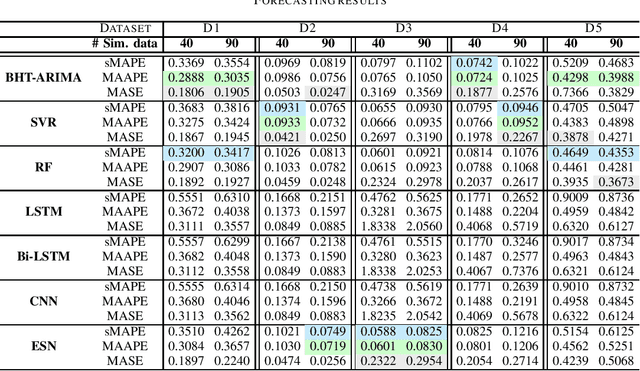
Abstract:Modern Internet of Things (IoT) environments are monitored via a large number of IoT enabled sensing devices, with the data acquisition and processing infrastructure setting restrictions in terms of computational power and energy resources. To alleviate this issue, sensors are often configured to operate at relatively low sampling frequencies, yielding a reduced set of observations. Nevertheless, this can hamper dramatically subsequent decision-making, such as forecasting. To address this problem, in this work we evaluate short-term forecasting in highly underdetermined cases, i.e., the number of sensor streams is much higher than the number of observations. Several statistical, machine learning and neural network-based models are thoroughly examined with respect to the resulting forecasting accuracy on five different real-world datasets. The focus is given on a unified experimental protocol especially designed for short-term prediction of multiple time series at the IoT edge. The proposed framework can be considered as an important step towards establishing a solid forecasting strategy in resource constrained IoT applications.
Twitter Dataset on the Russo-Ukrainian War
Apr 07, 2022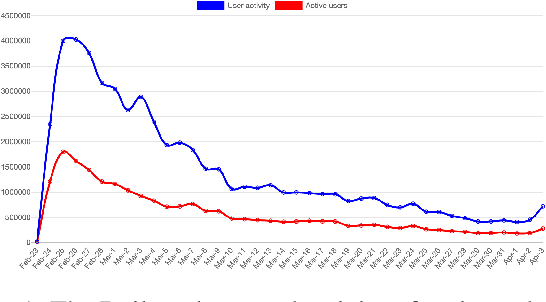
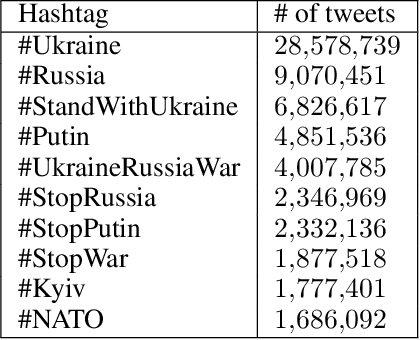
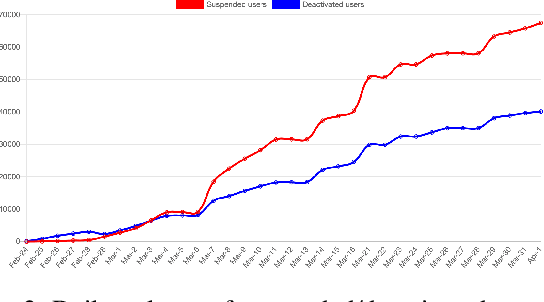
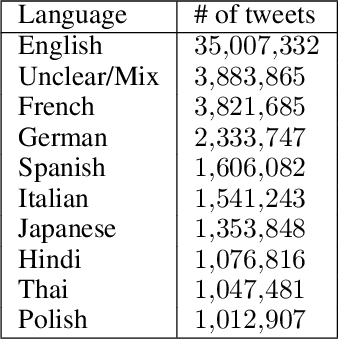
Abstract:On 24 February 2022, Russia invaded Ukraine, also known now as Russo-Ukrainian War. We have initiated an ongoing dataset acquisition from Twitter API. Until the day this paper was written the dataset has reached the amount of 57.3 million tweets, originating from 7.7 million users. We apply an initial volume and sentiment analysis, while the dataset can be used to further exploratory investigation towards topic analysis, hate speech, propaganda recognition, or even show potential malicious entities like botnets.
Identification of Twitter Bots Based on an Explainable Machine Learning Framework: The US 2020 Elections Case Study
Dec 14, 2021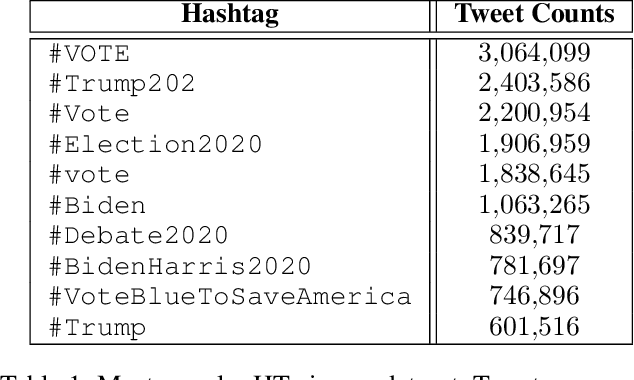



Abstract:Twitter is one of the most popular social networks attracting millions of users, while a considerable proportion of online discourse is captured. It provides a simple usage framework with short messages and an efficient application programming interface (API) enabling the research community to study and analyze several aspects of this social network. However, the Twitter usage simplicity can lead to malicious handling by various bots. The malicious handling phenomenon expands in online discourse, especially during the electoral periods, where except the legitimate bots used for dissemination and communication purposes, the goal is to manipulate the public opinion and the electorate towards a certain direction, specific ideology, or political party. This paper focuses on the design of a novel system for identifying Twitter bots based on labeled Twitter data. To this end, a supervised machine learning (ML) framework is adopted using an Extreme Gradient Boosting (XGBoost) algorithm, where the hyper-parameters are tuned via cross-validation. Our study also deploys Shapley Additive Explanations (SHAP) for explaining the ML model predictions by calculating feature importance, using the game theoretic-based Shapley values. Experimental evaluation on distinct Twitter datasets demonstrate the superiority of our approach, in terms of bot detection accuracy, when compared against a recent state-of-the-art Twitter bot detection method.
 Add to Chrome
Add to Chrome Add to Firefox
Add to Firefox Add to Edge
Add to Edge